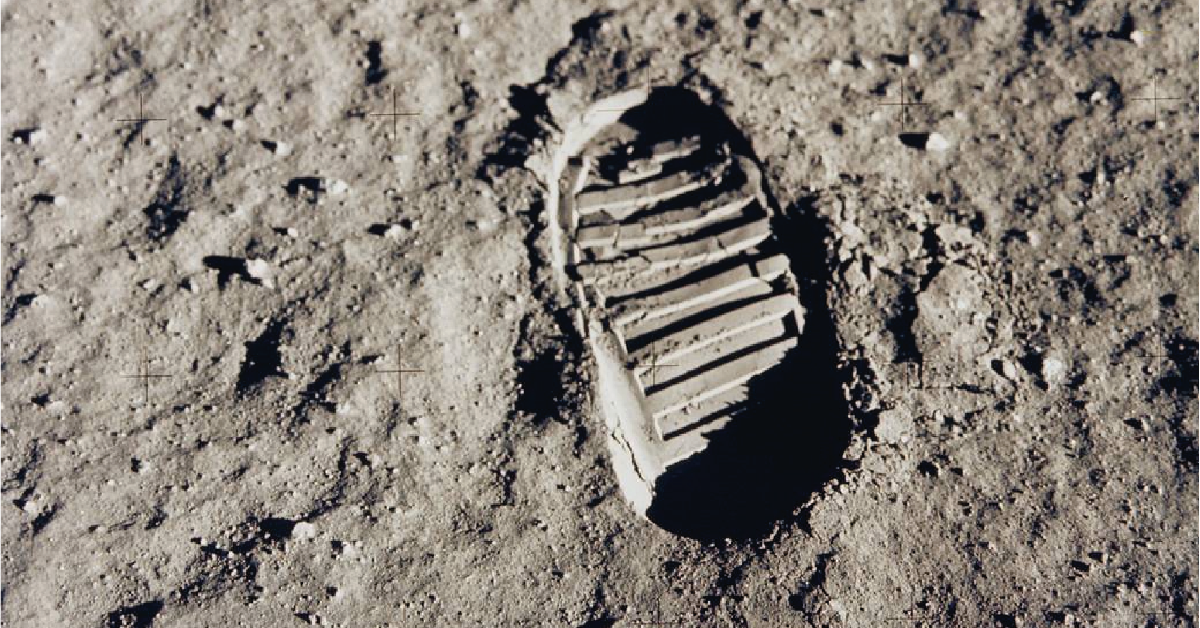It’s easy to think of space as a vast emptiness – cold, dark, and silent. But that view only scratches the surface. In reality, space is not empty at all. It’s an active, physical environment that shapes the stars we see, the planets we live on, and the science that helps us understand both.
Far from being a perfect vacuum, space is full of activity. It contains scattered particles of gas and dust, invisible fields of energy, and waves of radiation moving through it at all times. Even in the quietest corners, space is humming with background signals – relics of processes that began billions of years ago.
The space between stars and planets is known as interstellar space. While it may seem empty, it still holds atoms, molecules, magnetic fields, and cosmic rays. These ingredients help form new stars, carry signals across the universe, and even influence the conditions in our own solar system.
One of the most striking things about space is that it acts like a window into the past. Because light takes time to travel, looking into space means looking backwards in time. The Sun’s light takes just over eight minutes to reach Earth. Light from the nearest star system arrives after more than four years. And some of the distant galaxies we see today emitted their light billions of years ago, long before Earth had formed.
So how do we study something we can’t touch? Space science relies on observations – not experiments in the traditional sense. Telescopes, both on Earth and in orbit, collect light across different wavelengths, revealing information about far-off objects. Instruments such as spectrometers help us understand what stars and planets are made of by breaking their light into patterns. Spacecraft and satellites can also travel through space, sending back direct measurements.
Despite its distance, space is far from irrelevant. Satellites monitor our climate, support communication systems, and help forecast weather. Space science informs technologies that affect daily life, from navigation to health research. And, on a cultural level, space has always helped us ask bigger questions – about our origins, our future, and our place in the universe.
In short, space is not a void. It’s a landscape – one that’s rich with information, meaning, and mystery. And the more we explore it, the more we find that it’s not something out there. It’s something we’re already a part of.




